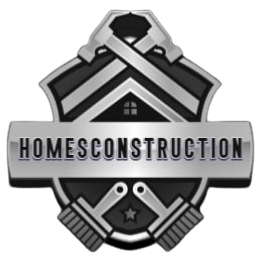Building Information Modeling (BIM) has revolutionized the construction industry, providing a more efficient and collaborative approach to designing and building structures. Traditionally used for large-scale projects, BIM is now making its way into the residential sector, offering significant benefits for homeowners, architects, and builders alike. This article explores the advantages of BIM for home construction and how it enhances the entire building process.
What is BIM?
BIM is a digital representation of the physical and functional characteristics of a building. Unlike traditional blueprints, BIM provides a comprehensive 3D model that includes detailed information about every aspect of the structure, from architectural elements to electrical systems. This model serves as a shared knowledge resource, facilitating collaboration among all stakeholders involved in the project.
Advantages of BIM for Home Construction
Enhanced Visualization
One of the primary benefits of BIM in home construction is enhanced visualization. Homeowners can see a realistic 3D model of their future home, allowing them to understand the design better and make informed decisions. This visual clarity helps in identifying potential issues early, reducing costly changes during construction.
Improved Collaboration
BIM fosters improved collaboration among architects, engineers, contractors, and homeowners. Since all parties work from a single, updated model, communication is streamlined, and misunderstandings are minimized. Changes made by one party are immediately visible to others, ensuring everyone is on the same page.
Increased Efficiency
By integrating all aspects of the design and construction process into a single model, BIM increases efficiency. It enables precise planning, reducing the likelihood of errors and rework. Detailed information about materials, dimensions, and schedules is readily available, helping to optimize resource allocation and time management.
Cost Savings
BIM can lead to significant cost savings in home construction. The ability to detect and resolve issues during the design phase prevents expensive modifications later on. Additionally, accurate material estimates and better coordination reduce waste and ensure that the project stays within budget.
Sustainability
Sustainability is a growing concern in home construction, and BIM can contribute to greener building practices. By analyzing various design options and their impact on energy efficiency, BIM helps create homes that are not only comfortable but also environmentally friendly. This analysis includes factors like natural lighting, insulation, and energy consumption, guiding the design towards more sustainable choices.
Implementation of BIM in Home Construction
Choosing the Right Software
The first step in implementing BIM for a home project is selecting the appropriate software. Various BIM software options are available, each with its unique features and capabilities. Homeowners and builders should choose software that fits their specific needs and budget.
Training and Expertise
Successful BIM implementation requires training and expertise. Homeowners should work with architects and builders who are experienced in using BIM. Investing in training for the construction team ensures they can fully leverage the benefits of BIM technology.
Collaboration and Communication
Effective collaboration and communication are crucial for maximizing the advantages of BIM. Regular meetings and updates ensure that all stakeholders are informed and any issues are promptly addressed. This collaborative approach helps in maintaining the project’s momentum and achieving the desired outcomes.
Conclusion
Building Information Modeling is transforming home construction by providing a more efficient, collaborative, and cost-effective approach. Enhanced visualization, improved collaboration, increased efficiency, cost savings, and sustainability are just some of the benefits that BIM brings to residential projects. As technology continues to advance, the adoption of BIM in home construction is likely to grow, offering homeowners the ability to build their dream homes with greater precision and confidence.
